Aside from the long list of travel destinations, the Philippines is also home to the oldest, most vibrant and colorful festivals in Asia. Being an archipelago influenced by several cultures within and beyond the continent, this country has a lot to offer in terms of history, performance art, and culinary adventures in the form of festive and ecstatic celebrations all year round.
Most of the Philippine festivals have religious origins mainly because a huge percentage of the country’s population has been baptized as Catholic Christians. Here are the top nine most popular festivals in the Philippines that you should experience at least once in this lifetime.
1. Sinulog Festival
One of the most popular festivities among Filipinos and even foreign travelers is Cebu’s Sinulog Festival, the main attraction to millions of festival-goers every year.
The celebration is an act of thanksgiving to the child Jesus, “Santo Niño”. The nature of the festival is so festive and colorful, with performances from cultural street dance groups from the different cities and islands of Cebu as well as from other regions in the country. These groups grace the streets of Cebu City, with crowds screaming their loudest “Pit Señor!”, from the Cebuano word, “sangpit” that means “to plead” to someone – in this case, to Señor Santo Niño.
Sinulog is held every third Sunday of January.
2. Panagbenga Festival
Also known as Baguio’s Flower Festival, the Panagbenga is a festivity that centers on a festive thanksgiving for the year’s bountiful harvest, especially for the city’s flower industry. The festival is celebrated annually with celebrations held during the entire month of February, the most perfect time of the year for their blooming flowers.
The people of Baguio started celebrating Panagbenga in 1995 after a devastating earthquake ruined the entire city and nearby provinces. Today, exciting events such as a street parade, tours to beautiful gardens, band performances, and the most famous one, the parade of floats designed with the freshest and most colorful blooms and flowers.
3. Pintados Festival
Held every 29th day of June, the Pintados Festival celebrates the bravery of ancient island tribesmen as well as the rich cultural history of Leyte. At the same time, this celebration is also a thanksgiving day to Santo Niño, the holy patron of Tacloban City.
Just like other festivals with religious and cultural themes, Pintados is a solemn and unique event where culture and religion merge, producing a festivity of graceful dances performed by “painted” warriors and princesses (Pintados actually means “painted”, specifically tattooed warriors from Philippine history), celebrating life and pleading to Santo Niño for blessings and bountiful harvests.
4. Kadayawan Festival
Mindanao is home to the most beautiful and culturally significant regions in the Philippines. One of their festivals, Kadayawan Festival, celebrates the rich and colorful tribes of exotic Mindanao (every third Sunday of August). It is also a form of thanksgiving for the regions’ bountiful harvest for the season.
Kadayawan is derived from the word “Madayaw!”, an expression used as a friendly greeting, which translates to “good” or “beautiful”. From street dancing, fireworks display and a parade of floral floats, this fun, and the unique festival has a lot of interesting experiences to offer.
5. Ati-Atihan Festival
Held every third Sunday of January, Aklan has their own unique cultural festivity that attracts millions of festival-goers every year: the Ati-Atihan Festival. According to historians, it is one of the oldest and also recognized as the biggest festival in the Philippines.
The week-long festival has a lot of activities lined up but the most awaited is the actual dance and street parade characterized by the most interestingly bizarre and “frenzied” performances. Dancers and performers wear their indigenous costumes and paint their faces with culturally symbolic patterns and designs.
6. Dinagyang Festival
Iloilo City always looks forward to the fourth Sunday of January for the Dinagyang Festival. The city welcomes millions of tourists and festival goers to a city-wide dance parade where different tribes from the region come together and share a culturally significant celebration among their fellow islanders.
Dinagyang Festival may not be the largest but it is one of the most unforgettable festivals, collecting several awards such as the highly sought-after recognition as the Best Tourism Event in the Philippines.
7. Moriones Festival
Celebrated every first week of April (from 2nd to 7th day of the month), the Moriones Festival of Marinduque remains one of the most mesmerizing and fascinating festivals in the country. Thousands of people even flock to the same province just to witness the centurions in costumes parading the streets.
Performers wear helmets, also known as “morion” masks and armors to reenact the hunt for the Roman soldier who later on became a saint. The festival is basically inspired by the events during Christ’s road to crucifixion. Unlike other Philippine festivals that are quite festive, the Moriones Festival is a solemn celebration and thanksgiving for the gift of life and grace of forgiveness.
8. Pahiyas Festival
While other Philippine festivals have dance parade and tribal performances as their highlights, Pahiyas Festival is a one-of-a-kind celebration of culture, colors and fresh produce. Basically, it is a type of a harvest festival where locals adorn their houses in colorful – and not to mention edible- decorations.
Families and homeowners compete for the title of having the most beautifully-decorated home, but the true essence of the festivity is centered on the bountiful harvests of the season. Vegetables, edible decorations, and even unique delicacies can be seen around town. The best part is? You can grab any vegetable decors and fresh produce for free.
9. Higantes Festival
Higantes, which literally translates to “giants”, is a rather one-of-a-kind festival in Rizal’s town of Angono. Although it revolves around a religious theme, the parade of giants held every 23rd of November is an artistic and creative representation of the local’s creative and fun-spirited nature.
Giant statues made out of paper can reach up to ten feet in height and 4-5 feet in diameter. The street parade is directly followed by a fluvial procession in Laguna de Bay.
Conclusion
The most genuine way to fully experience the rich cultural heritage of the country’s varied regions is by experiencing these festivals. Now that you have the dates and the destinations, perhaps it’s time to check your calendar and finally book that plane ticket. Have fun!
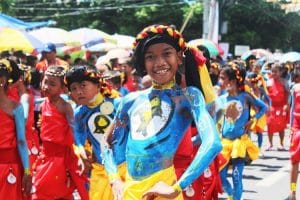

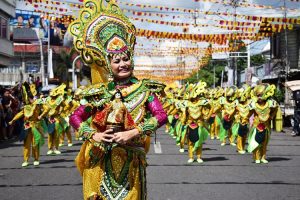
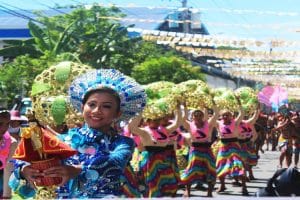
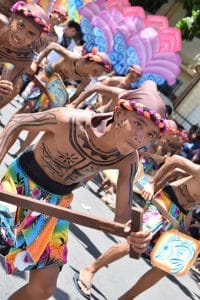
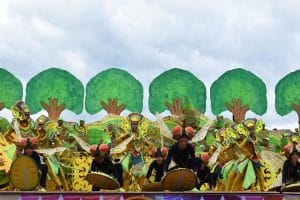
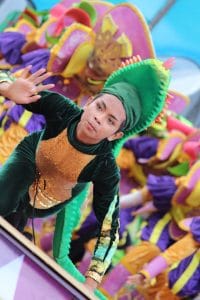
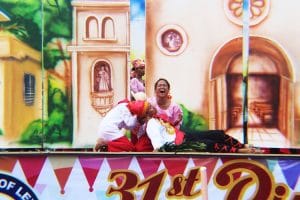
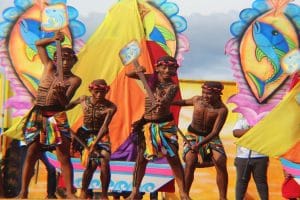


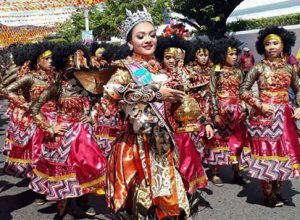
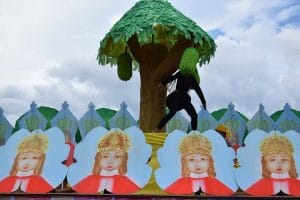
Latest comments